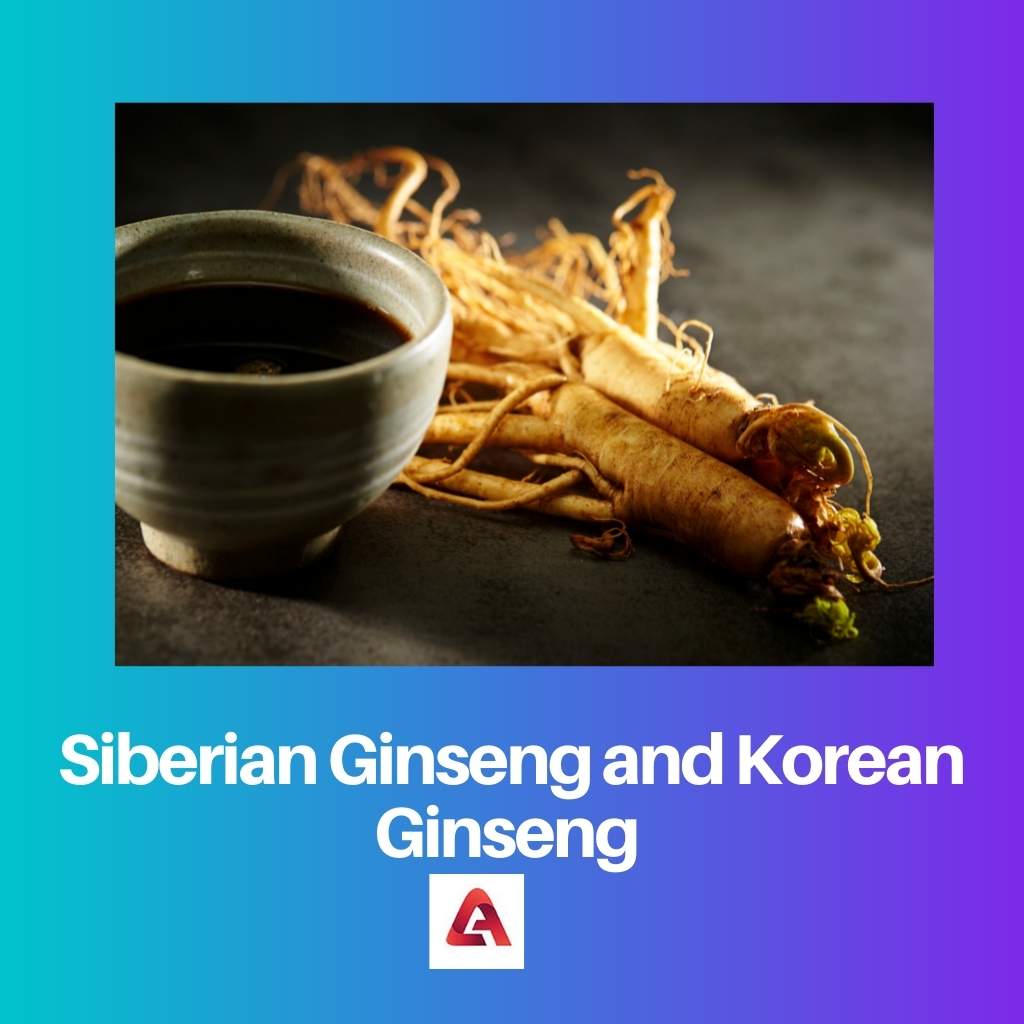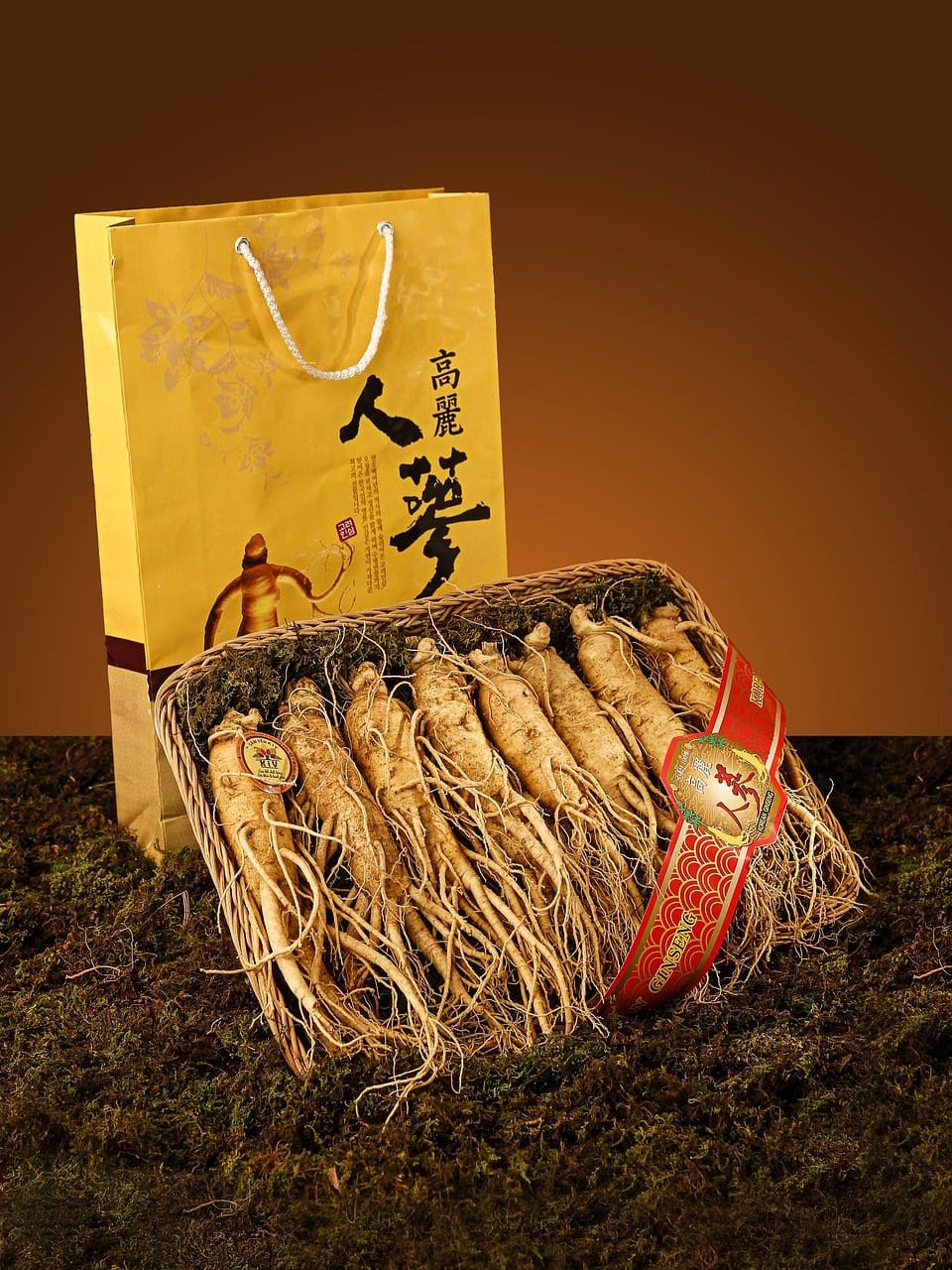Ginseng is a spice that has been utilized for millennia. Ginseng is initially utilized in customary Chinese medications, which are now used the world over.
Key Takeaways
- Siberian ginseng is a plant not related to true ginseng, while Korean ginseng is a specific species of ginseng.
- Siberian ginseng is used for its adaptogenic properties and to improve immune function, while Korean ginseng is used for its perceived energy-boosting and aphrodisiac effects.
- Siberian ginseng is considered safe, while Korean ginseng may interact with certain medications and have potential side effects.
Siberian Ginseng and Korean Ginseng
Siberian ginseng is a mild spice used by Chinese and Russians. It is beneficial for hypertension, atherosclerosis and coronary illnesses. Korean ginseng is a strong spice found in Korea, China and Siberia. It is beneficial in cognitive functioning, Alzheimer’s and depression.

Similarly, as with Korean ginseng, just the foundation of Siberian ginseng is utilized restoratively, and it is additionally viewed as an adaptogen as it gives a lift to your general well-being.
Requiring a genuinely long development time, Korean ginseng needs six years of sound development before it very well may be reaped for use.
Comparison Table
| Parameters of Comparison | Siberian Ginseng | Korean Ginseng |
|---|---|---|
| Genus | Siberian ginseng has a place with the Eleuthero coccus variety. | Korean ginseng has a place with the Panax class. |
| Developed Region | Siberian Ginseng is broadly developed in the Siberian District. | Korean Ginseng is found in Korea and North Eastern China. |
| Ingredients | The Siberian ginseng contains dynamic fixings called eleuthero sides. | Korean ginseng contains ginsenosides, different fixings found in Korean ginseng incorporate polysaccharide division DPG-3-2, glycans, peptides, unpredictable oil, and maltol. |
| Quality | Siberian Ginseng comes milder when compared to Korean Ginseng. | As far as power, Korean Ginseng accompanies a more grounded impact. |
| Cost | As far as cost, the Siberian ginseng comes less expensive. | It is more expensive when compared to Korean ginseng. |
What is Siberian Ginseng?
Siberian ginseng, otherwise called eleuthero, has been utilized for quite a long time in Eastern nations, including China and Russia.
It is utilized in Russia as an “adaptogen.” An adaptogen is a substance that should help the body better adapt to either mental or actual pressure.
As well as being utilized as an adaptogen, Siberian ginseng is utilized for states of the heart and veins, for example, hypertension, low circulatory strain, solidifying of the conduits (atherosclerosis), and rheumatic coronary illness.
They likewise use it to treat rest issues (sleep deprivation) and the indications of diseases brought about by herpes simplex sort 2.

What is Korean Ginseng?
Korean ginseng, otherwise called Panax ginseng, is a spice that has been utilized for different well-being purposes. It ought not to be mistaken for different types of ginseng. Korean ginseng is a plant that fills in Korea, China, and Siberia.
Korean ginseng is taken by mouth for memory and thinking abilities, Alzheimer’s infection, sadness, and various conditions, nonetheless, there is only awful coherent verification to help huge quantities of these jobs.
Adaptogens are accounted for to protectively affect well-being against a wide assortment of ecological attacks and passionate conditions.
Attending utilization of Korean ginseng and the monoamine oxidase inhibitor phenelzine may bring about hyper-like indications.

Main Differences Between Siberian Ginseng and Korean Ginseng
- Siberian ginseng can be collected in a year, whereas Korean ginseng requires longer years, possibly five to nine years, for reaping.
- Siberian ginseng root is dried normally and turns a whitish shading, though Korean ginseng root is dealt with contrastingly and turns a rosy shading, which is the reason it is now and again alluded to as “red Panax.”




